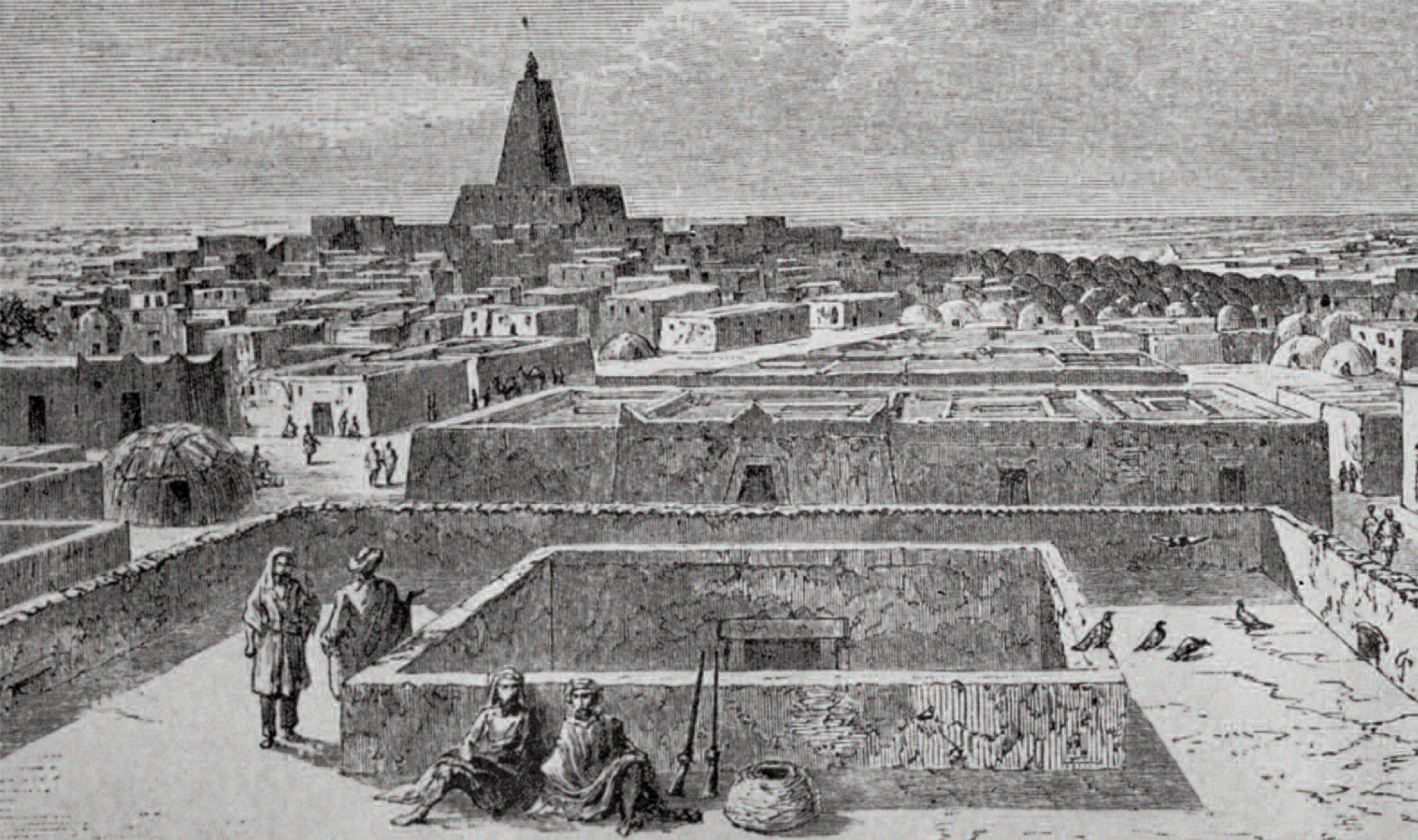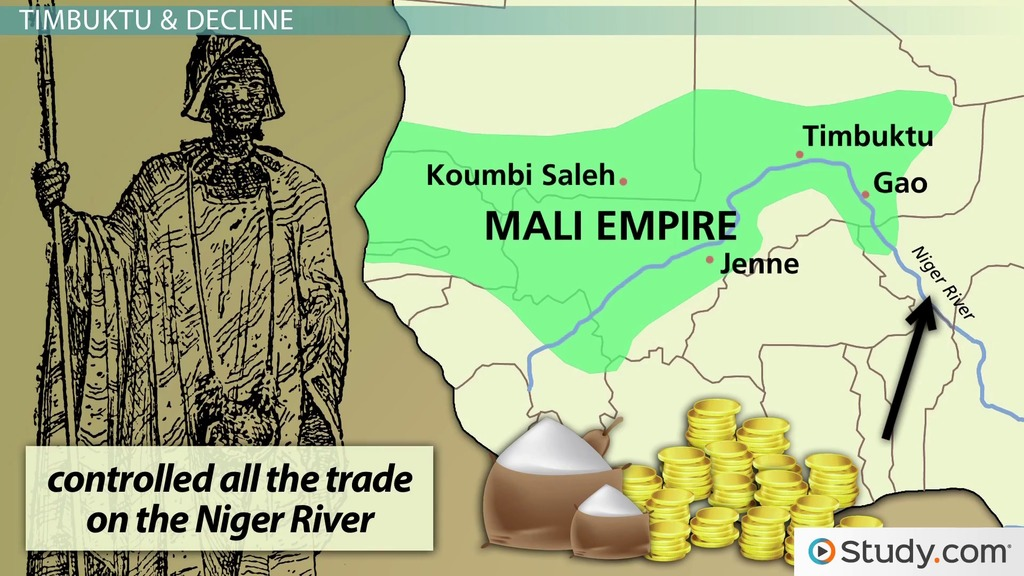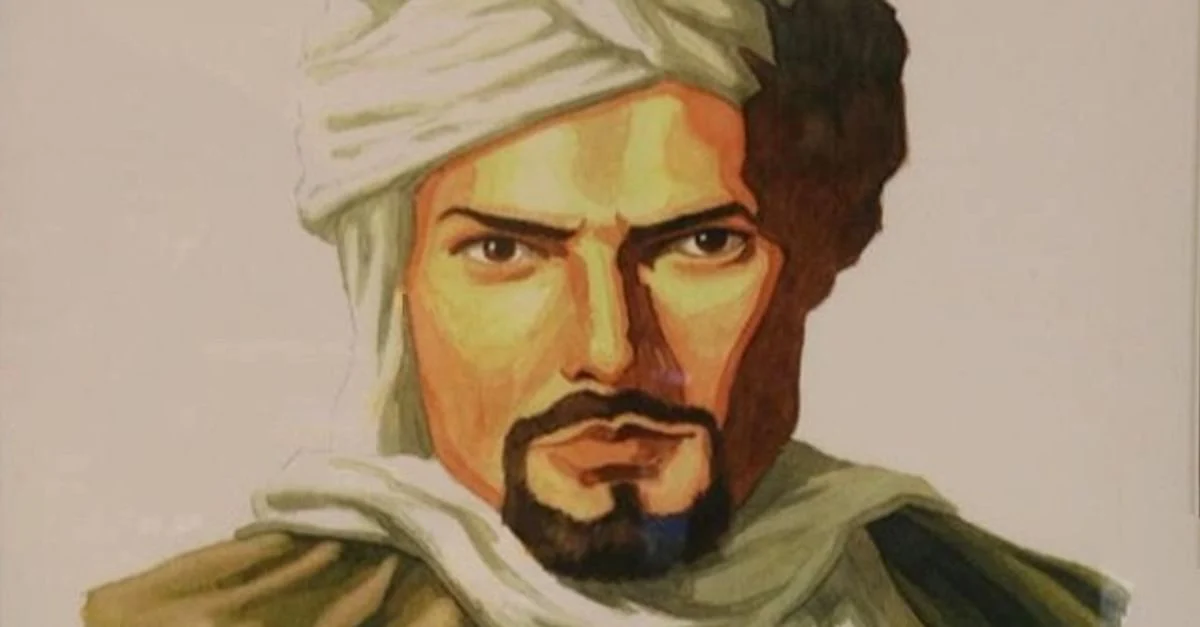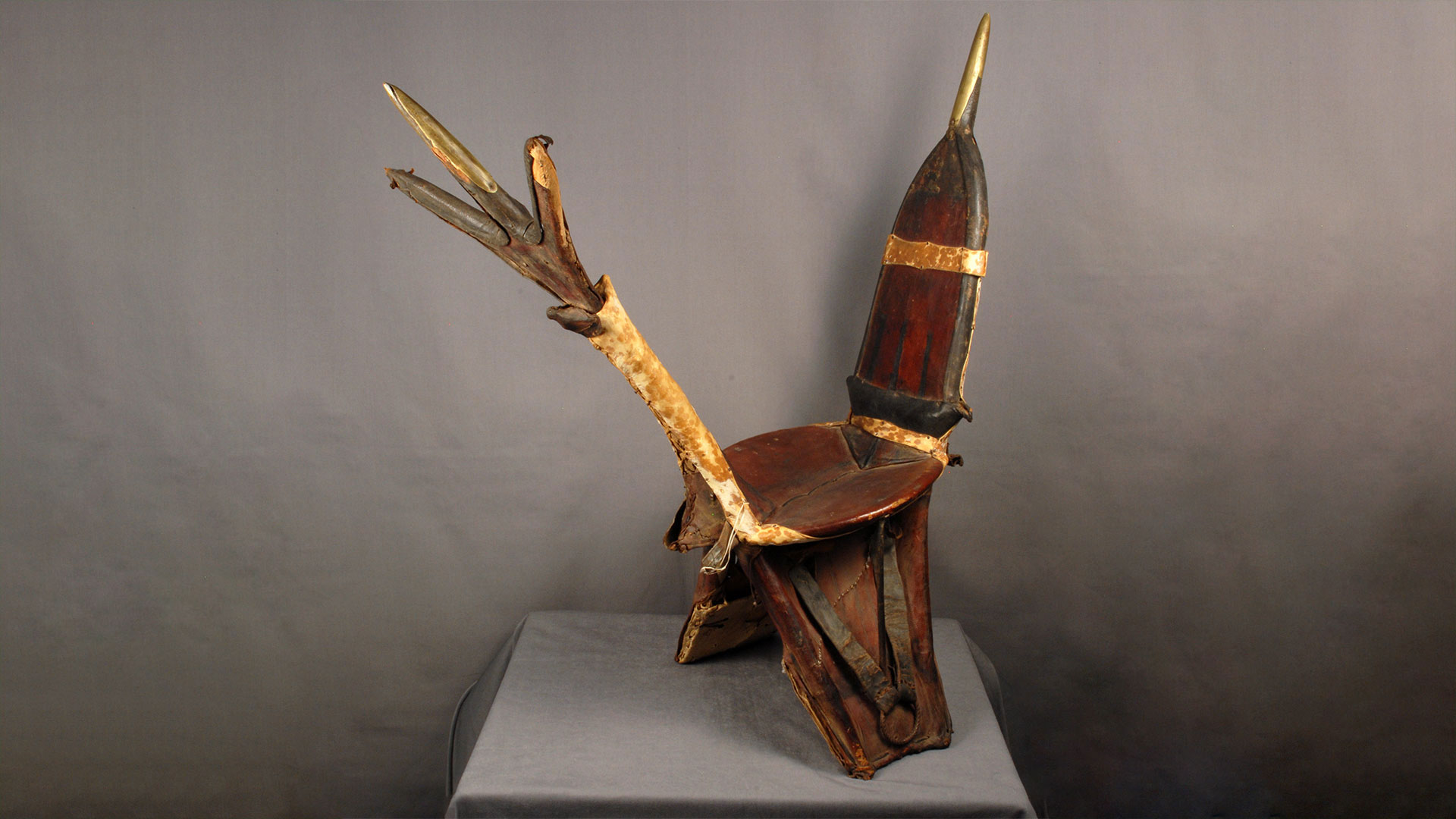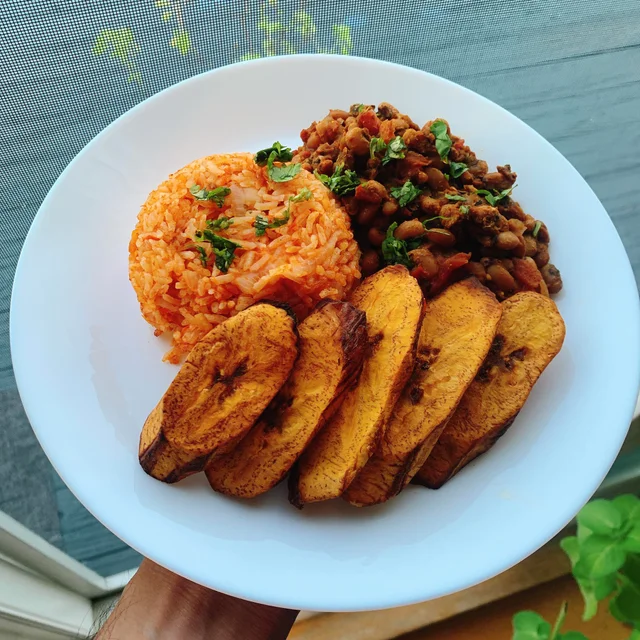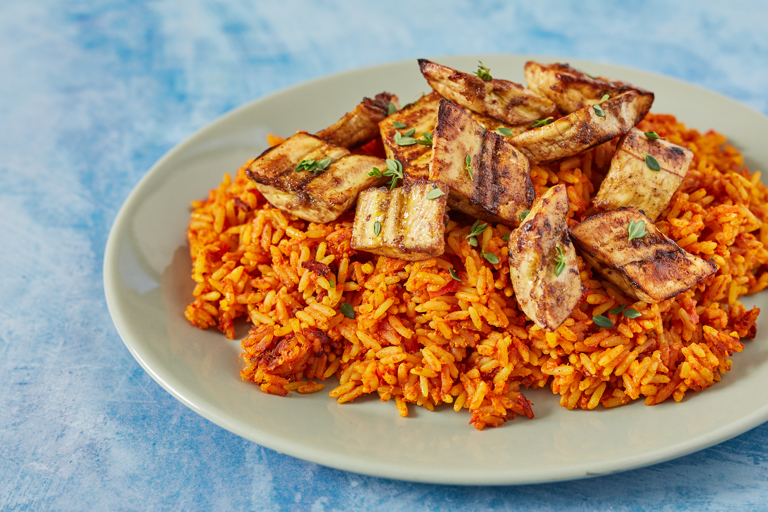Background Information
In the 3rd century BCE, traders would use camels to carry their trade items. Camels, accustomed to the harsh and dry Arabian Desert, migrated to the Saharan Desert. They allowed African traders to navigate more efficiently across the desert, due to the camel's reduced needs of water and its high load capacity. The arrival of Muslim merchants in 7th and 8th century increased volume of trade. This would lead to a dramatic increase in commerce when empires such as Mali gained control of the area in early 13th century. They would trade gold, ivory, hides, and slaves.
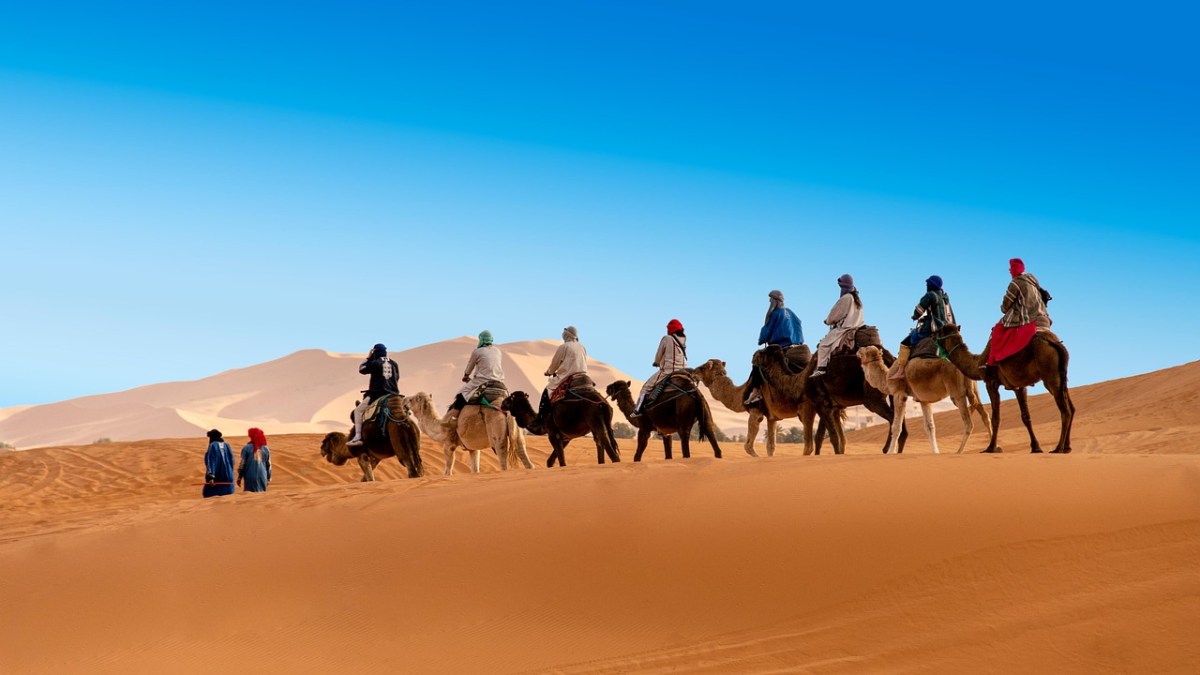
Major Cities
Timbuktu
Timbuktu was a major trading city of the Mali Empire. At the time, it had a population of over 100,000, which was large at that time. It, along with Gao, developed into centers of Muslim life in the region, and became renowned centers of Islamic learning.
By the 16th century, books made and sold in Timbuktu were worth more than most other goods!Timbuktu
Jenne was a mining city that was abandoned in 1400. It mined stone and salt, and was 220 miles away from Timbuktu. Jenne most likely traded those mined materials in exchange for food surpluses such as dried fish, grains, and oil.
You can find settlement mounds in the ruins of the city, cntaining funeral pots and buried statuary.
Famous Travelers
Ibn Battuta
Along with the East coast of Africa, Ibn Battuta also traveled across the Sahara Desert in the 14th century. Namely, he traveled to Mali during the early 1350s. He traveled over 1,500 miles across the desert, and finally reached it after a two-year journey. After that, he then visited a then-small Timbuktu, but was not very impressed with the city. Little did he know, that small city would become a major player in the trade route.
Innovations
Camel Saddles
The first camel saddle was invented in 1,500 BC! There are a lot of various saddles depending on the use of the camel.
Northern Arabians put the saddle of the top of the hump, allowing for greater visibility of the terrain, which was important during warfare.
Southern Arabians put the saddle at the back of the hump, which made riding the camel easier, since the rider could hold on to hairs on the camel's hump.
However, the one most beneficial to trade was developed by the Somalians in East Africa. They designed a saddle that can carry up to 600 pounds of cargo, which meant that camels could carry more cargo per trip. Without this, Trans-saharan trade would not have been as important to the development of empires.
Money and Currency
Salt
Believe it or not, salt was a form of currency on the Trans-Saharan trade route! This was because in the arid and harsh climate of Africa, people sweat more. As a result, they lose a lot of salt from dehydration, and need to replace the lost salt from sweating with new salt. That, plus the fact that salt was a spice and made bland food tasty, made it so valuable that the value of salt was on par with gold, and thus became a form of currency in the trade network.
Food and Cuisine
Jollof Rice
Jollof rice is a dish originating from the Jolof Empire in the 14th century. It is a rice dish that contains onion and tomato puree that give it a sweet taste, and ginger, which gives a spicy-sweet taste to the dish. While Jollof rice was first invented in the Jollof Empire and is considered a Nigerian/Ghanaian recipe, it quickly spread to other West-African empires, such as the Mali Empire.
Jollof rice is traditionally served with side dishes of beef, chicken, fried fish, or vegetables.
Fun Facts
There were lots of contact between the Arab world, North Africa, and the Persian Gulf
The Sahara Desert has an abundance of rock art
The Sahara Desert was completely unaffected by the European Ice Age (Little Ice Age)
The Sahara Desert was originally a forest, but began to experience deforestation at around 3,000 BC
The Trans-Saharan trade route helped spread Islam from the Middle East to West Africa, such as the Mali Empire and Great Zimbabwe.
Sadly, it also spread the Black Death to West Africa.
